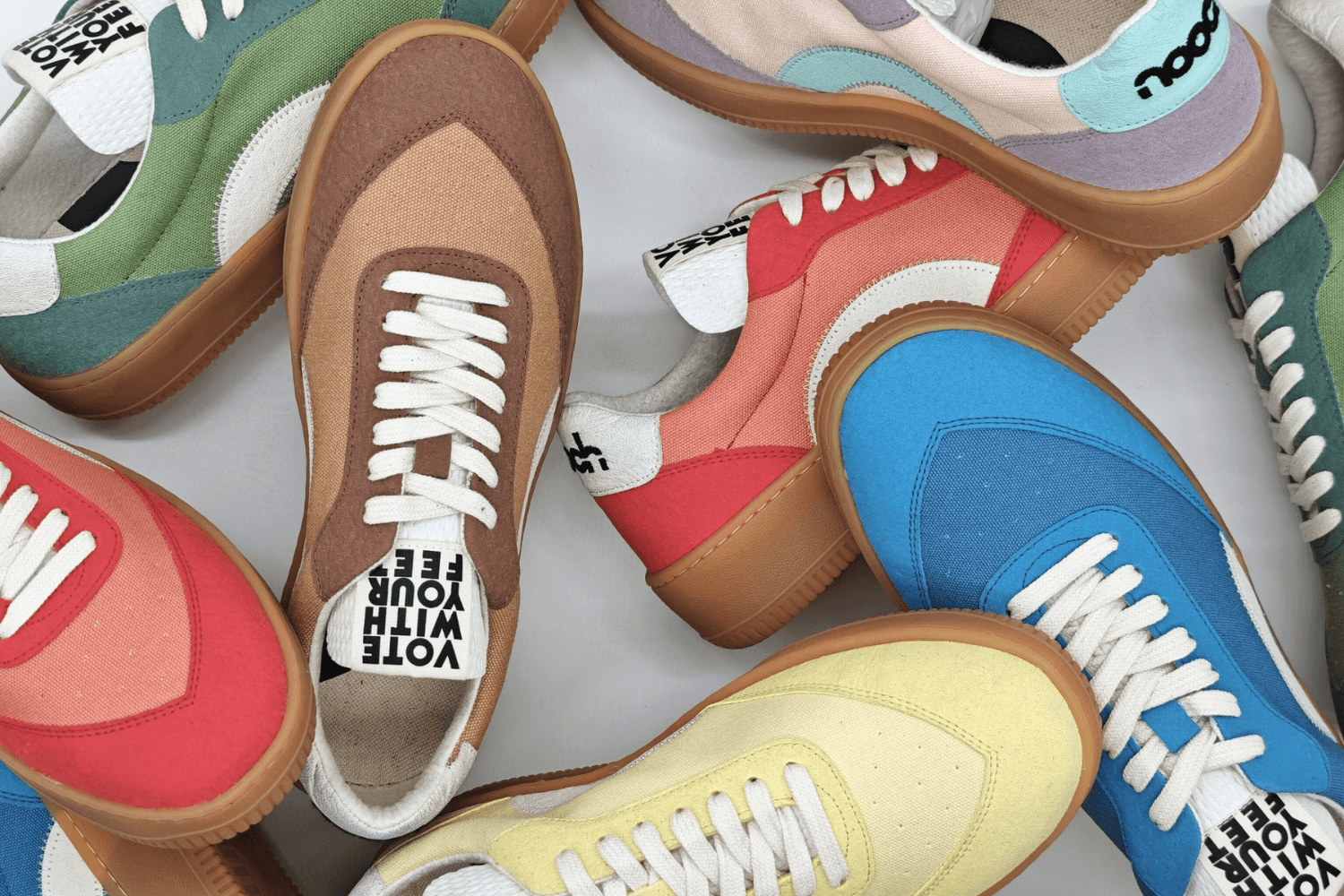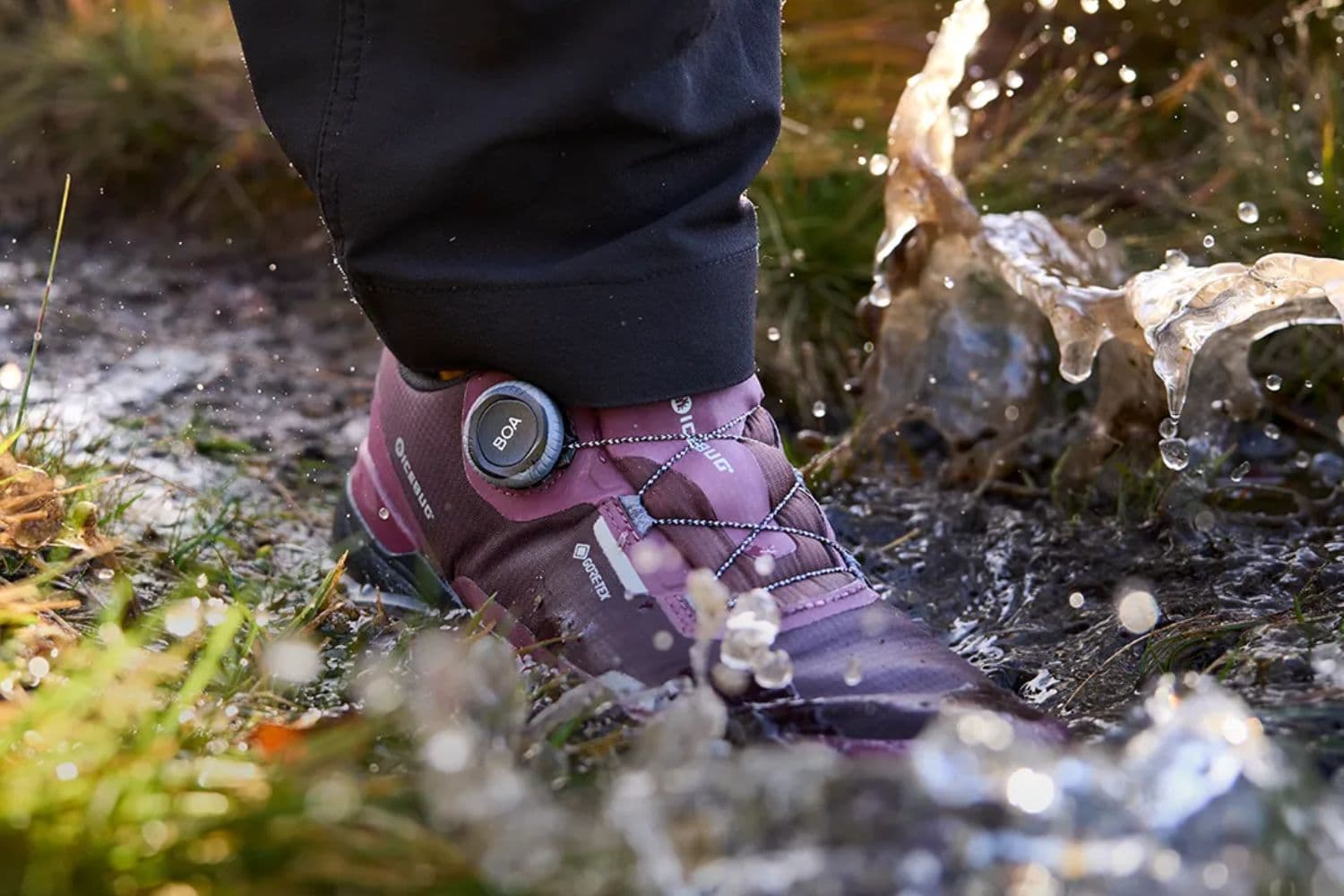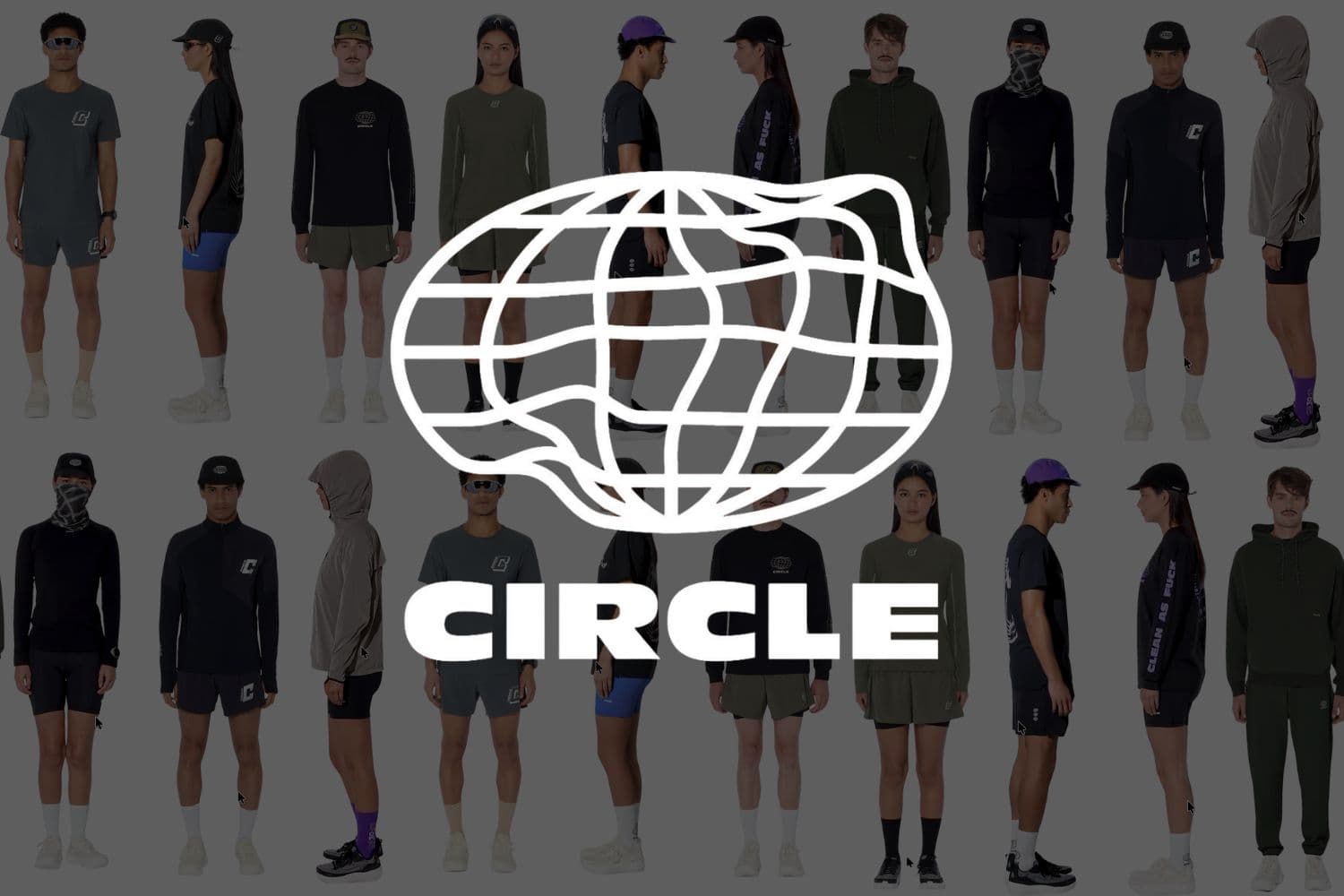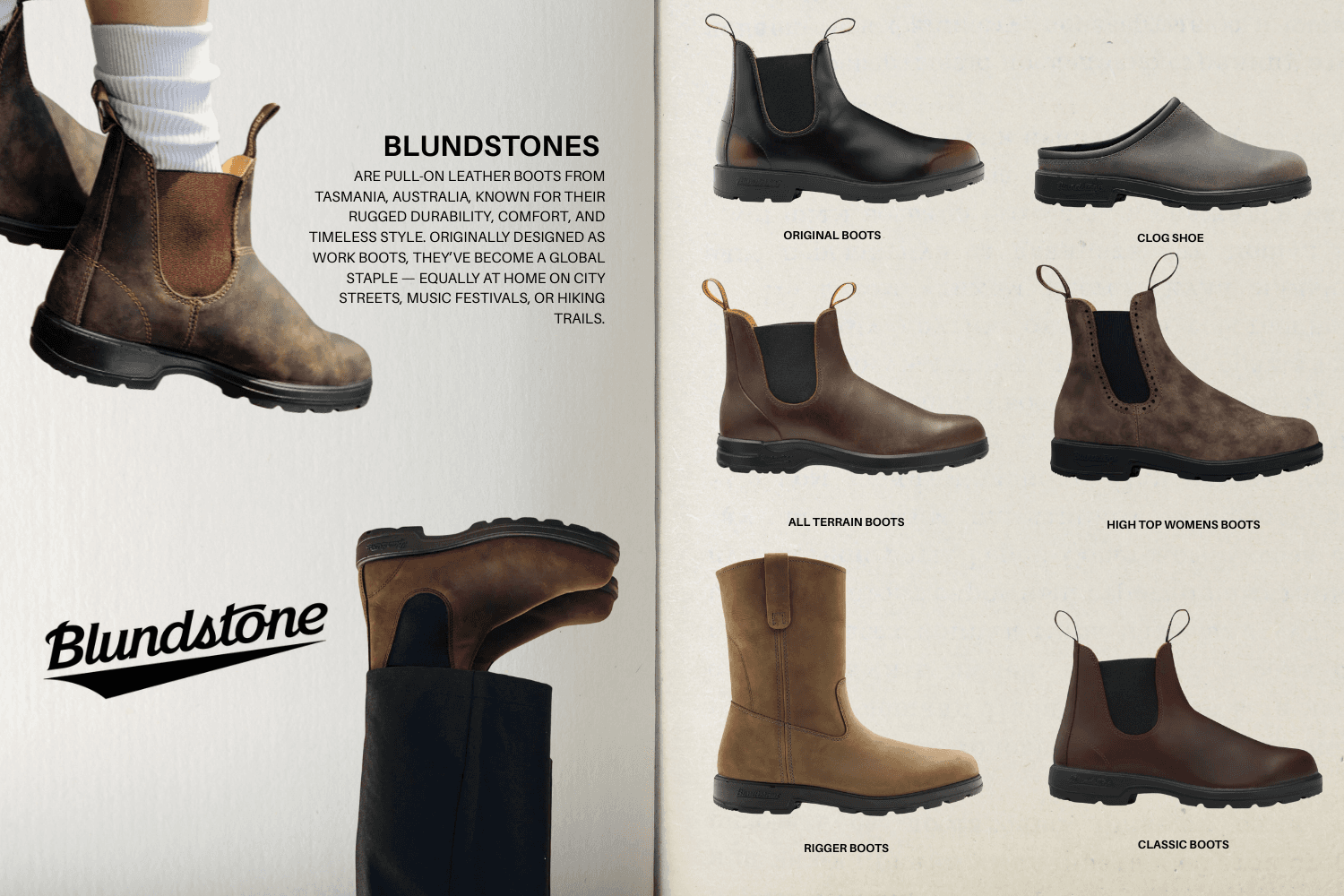Creating a truly sustainable pair of shoes is no joke. It’s like trying to juggle with one hand tied behind your back while riding a unicycle, you can do it, but you'd better be damn good at balance. ZÈTA feels like one of those few brands that have come very close to pulling it off.
So, buckle in. Let’s talk about it.
What is ZÈTA?
ZÈTA is (relatively) young, launched in 2020 in Bordeaux, with ambition baked into its DNA. The idea? Make sneakers that don’t wreck the planet. But not just “eco shoes that look like they came from a charity shop” kind of eco: they want style, usability, and real impact. They frame themselves as more than a brand: a movement, a community of people trying to do better.
They admit they aren’t perfect:
“We can't promise to be perfect. However, we can promise to turn off the lights in our office every night, having done everything we could to improve. Specifically, here are the areas we still want to improve.”
That kind of humility is rare in marketing copy. It signals they know: sustainable is a journey, not a finish line.
What’s behind the curtain (aka how they try to make it real)
Materials with a story
ZÈTA leans hard into recycled, vegan, and bio‑based materials. They try to source as close as possible to their factories to reduce transport impact.Think grape waste, corn, coffee grounds, olives, recycled plastic: they’re getting creative with what used to be trash.
Made in Portugal, local workshops, hand‑assembled
No mass factories. Their production is done in family-run or artisanal workshops in Portugal, with people who’ve done this work for decades.Each shoe is assembled by hand, passed through many hands, and inspected at every station. Making one pair takes about 5 to 6 hours, which already tells you it’s not a rushed job.
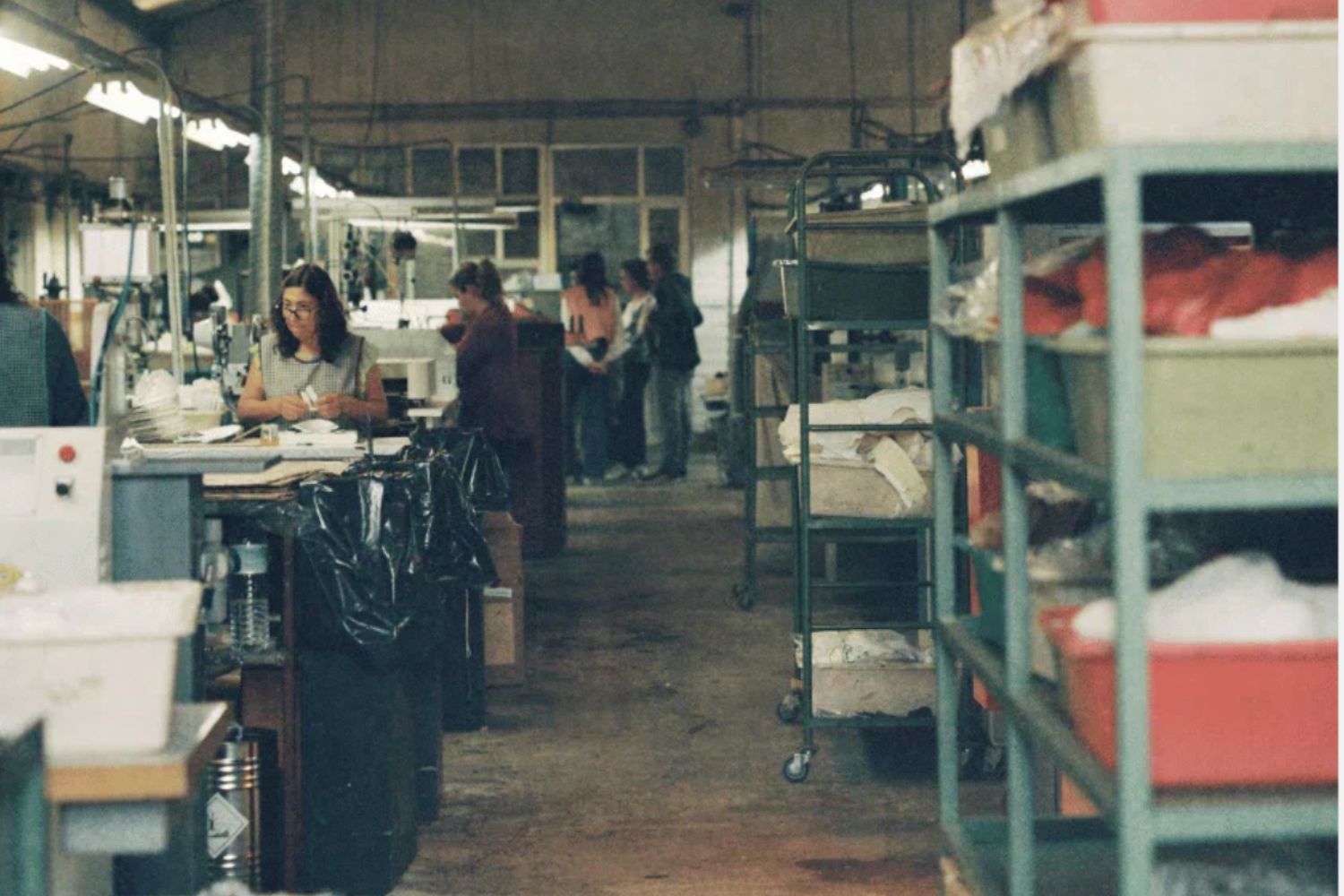 Source: Zèta
Source: Zèta Circular & end‑of‑life thinking
Zèta isn’t just focused on how a sneaker begins — they think about how it ends. They offer recycling through partners and avoid air shipments to cut emissions.All suppliers are based in Europe, which helps with traceability and limits shipping pollution.
So yes, they try to cover a lot of bases. Perfection? Probably not yet. But close.
Design
Here’s where ZÈTA does one of the things I respect most: they don’t force you to compromise style for ethics. The old stereotype is “eco shoes = weird green clodhoppers”. ZÈTA tries to prove otherwise.
Silhouettes that speak to now and later
Clean lines, minimal but with character. They play with trending colours, earthy tones, subtle pastels, and the occasional bold, yet stick with shapes that could age well.
Variety & choices
Multiple collections with different vibes. Whether you’re into chunky soles, minimal low-tops, or something in-between, odds are you’ll find a pair that fits your look.
Trend-aware, not trend-chasing
They keep it modern without feeling disposable. You’re not going to feel outdated next season, but you also won’t feel like you're just wearing what everyone else is.
Bottom line: you won’t feel like you’re picking “sustainable shoes” over “cool shoes”; they aim to merge both.
Price
Let’s be straight: ZÈTA isn’t cheap. But “fair” is the word.
Most pairs sit in the €139–€159 range. That’s definitely not fast fashion pricing, but it reflects something else: handcrafting in Europe, small batch production, high-quality vegan materials, and fair wages across the chain.
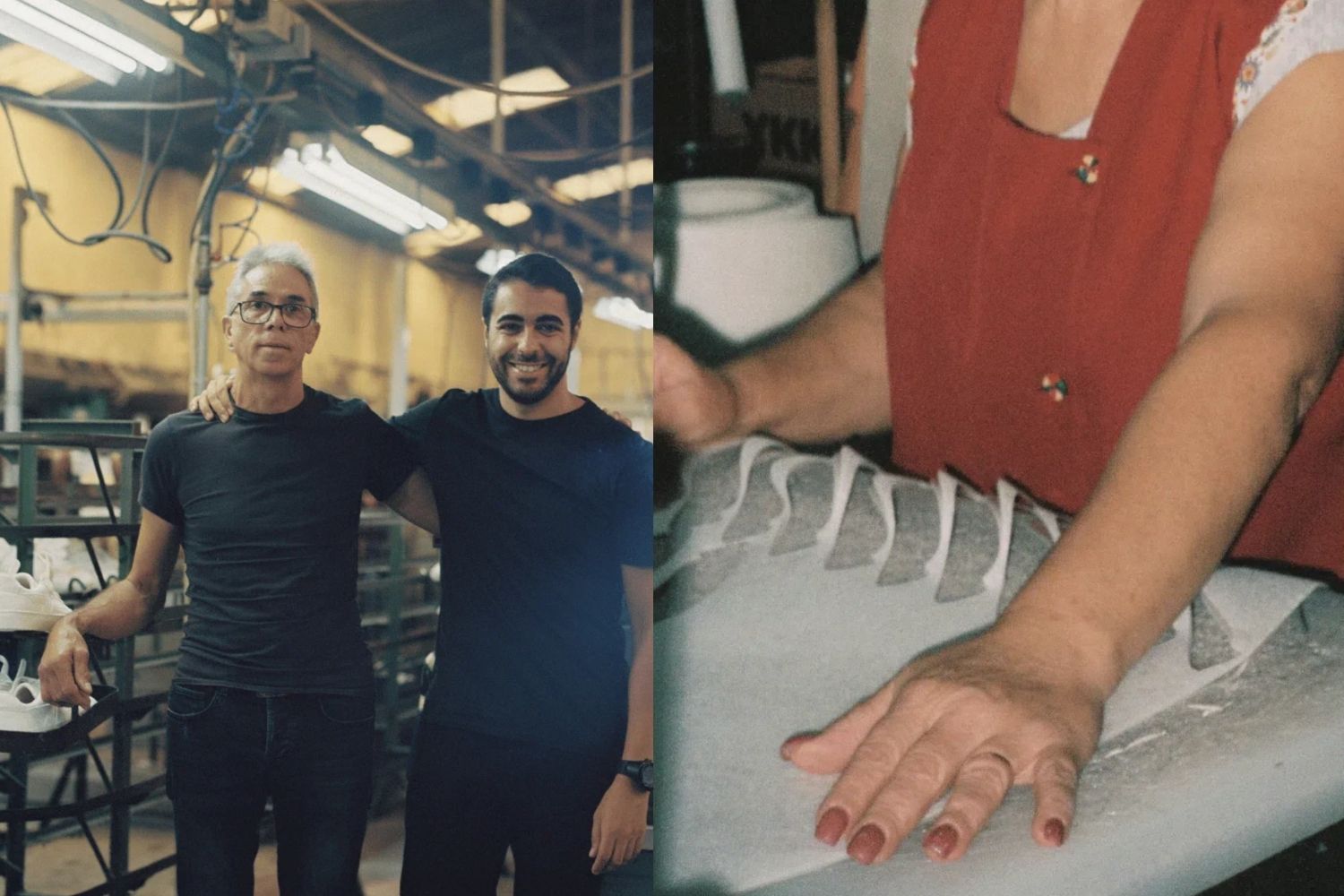 Source: Zèta
Source: Zèta
They also explain the cost of sustainability clearly: they don’t pretend it’s free to do things the right way. And if you’ve ever bought a pair of designer sneakers or even mid-tier sneakers lately, ZÈTA’s pricing doesn’t feel out of place.
Is the impact real?
Yes, yes, yes — and again, yes!
ZÈTA’s not just throwing around green buzzwords. Their materials are fully vegan and often made from upcycled waste like grapes, corn, coffee, and olives. Everything’s made in Europe, close to where it’s sourced, and assembled by hand in Portuguese workshops, not some faceless factory.
They don’t use air freight (which cuts down emissions), and when your shoes reach the end of their life, you can send them back for recycling. Plus, they’re surprisingly open about what they still want to improve, which says a lot.
Are they perfect? No. But they’re way ahead of most sneaker brands trying to play the sustainability game.
Final thoughts (aka: should you get a pair?)
Here’s the deal: ZÈTA's biggest win is how mindful and responsible they are in everything they do: from sourcing to stitching to shipping. This isn’t just a nice‑looking product with a green label slapped on. They thought it through.
Can you find shoes that look similar? Yes, absolutely. Let’s not kid ourselves — most sneakers today look more or less the same. Brands copy each other until someone stumbles into a trend, then the rest follow.
So why not grab a pair that also comes with a clear conscience? You’re not just buying the look. You’re buying a choice. One that’s cautious, conscious, and still cool.
Damn. What do you think?
Are Zèta shoes really vegan?
Yes. No leather, no animal glue, no compromises. Zèta uses materials like grape waste, corn, and recycled plastic to build shoes that are fully vegan and cruelty-free.
Where are Zèta shoes made?
In Portugal, by skilled artisans. Every pair is hand-assembled in small, family-run workshops. No mass production, no shortcuts.
Why are Zèta more expensive than regular sneakers?
Because they’re not “regular.” You're paying for fair wages, sustainable materials, local craftsmanship, and low-impact production: not a giant marketing machine.
Do Zèta ship internationally?
Yes! They ships worldwide, and they avoid air freight whenever possible to reduce their carbon footprint.



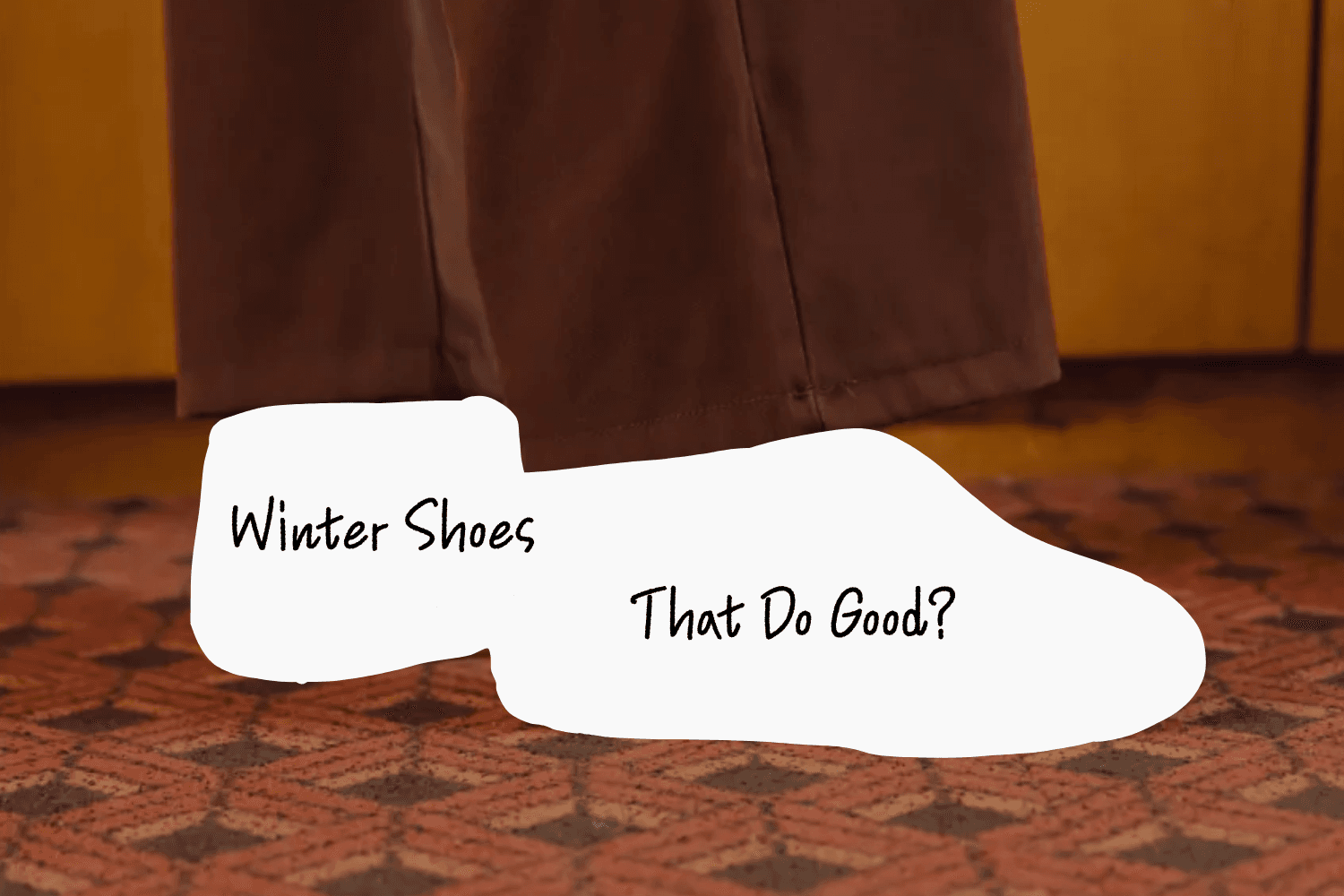
.png&w=3840&q=75)
